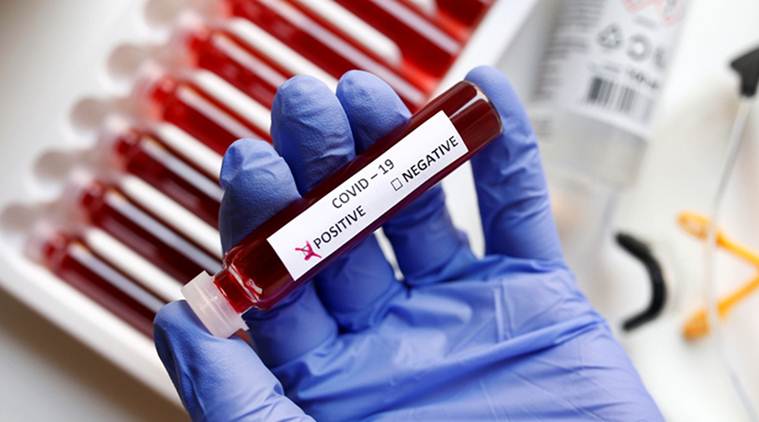 The number of active cases, those who are yet to recover from the disease, has been steadily declining in Delhi since reaching a peak of about 28,000 on June 27. As on July 31, there were 10,705 infected people in Delhi who were still to recover. (Representational)
The number of active cases, those who are yet to recover from the disease, has been steadily declining in Delhi since reaching a peak of about 28,000 on June 27. As on July 31, there were 10,705 infected people in Delhi who were still to recover. (Representational)
As the Covid surge continues across the country, good news is coming out of Delhi, Mumbai and Chennai, with the R-number (an index of transmission) in each falling below 1. For Delhi, it has been the most enduring. It has stayed at that level for the whole of July and if current trends hold — no major disruptive event and people persist with precautions — the active caseload come September can fall below 1000.
The number of active cases, those who are yet to recover from the disease, has been steadily declining in Delhi since reaching a peak of about 28,000 on June 27. As on July 31, there were 10,705 infected people in Delhi who were still to recover.
Almost 90 per cent of over 1.35 lakh who have been infected in Delhi have already recovered, the maximum in the country. Only active patients can transmit the disease to others.
Delhi, which has seen a remarkable turnaround in its Coronavirus situation in the last one month, is the brightest spark in the latest round of modelling projections made by Sitabhra Sinha and his research group at the Institute of Mathematical Sciences in Chennai.
It shows that the transmission rate, also called Reproduction number, or simply R, in Delhi had fallen below 1 for the first time since the outbreak began. It went below one in the second week of July, and during the period between July 23 and 26, the R-value for Delhi was 0.66. It means that every group of 100 infected persons in Delhi was passing on the infection to only 66 other people.
R-value is a measure of how fast the epidemic is spreading in a population. When it drops below 1, it usually signals the beginning of the end of the epidemic, but scientists are still being cautious about Delhi’s situation.
“Usually we see the R-value dropping below 1 when a large proportion of the population group has already developed immunity, either because they have already been infected, or through vaccines. The virus does not have enough number of uninfected people who can potentially be infected. This is the stage of herd immunity. But in Delhi, we know this is not the case. There is still a vast majority of people who are uninfected, and are potential victims of the virus,” Sinha said.
“The R-value in Delhi has dropped below one, because of the interventions being made. So, this can change. But this trend has held on in Delhi for a long time now, and if nothing very untoward happens from here, if there are no unexpected super-spreader events, then, the projections show, that the number of active cases should drop below 1,000 by the first week of September,” he said.
“But it is important that the current intervention measures continue to be implemented. It is even more important that people do not become complacent, and continue to take the usual precautions of wearing masks and maintaining physical distancing,” he said.
Incidentally, the R-values for Mumbai and Chennai, two of the other worst affected cities, have also gone below one. But this has happened just now, during the last one week, and Sinha said he would like to observe the trend for some more time to see whether this was a consistent trend or a small-time deviation.
Mumbai’s R-value between the period July 26 and 29 was 0.81, while that of Chennai was 0.86. In both the cities, more than one lakh people have so far been infected, but Mumbai currently has over 20,000 active patients while Chennai has about 12,500.
For the country as a whole, the R-value, calculated for the whole month of July was 1.16, meaning every 100 infected people were transmitting the virus to another 116 people on an average.
This number has risen in July, after falling down to a level of 1.1 previous month, possibly as a result of continuing relaxations in lockdown restrictions, and resumption in all kinds of economic activities.
Not surprisingly, Andhra Pradesh has emerged as one of the biggest concerns in the latest projections. Its R-value, at 1.48, is the highest amongst the major states. Andhra Pradesh currently has the fastest growing Coronavirus numbers in the country. Its active cases have increased from about 7,700 at the start of July to more than 76,000 now.
The R-values for Karnataka, Bihar and Uttar Pradesh also reflect the rapidly growing numbers in these states.